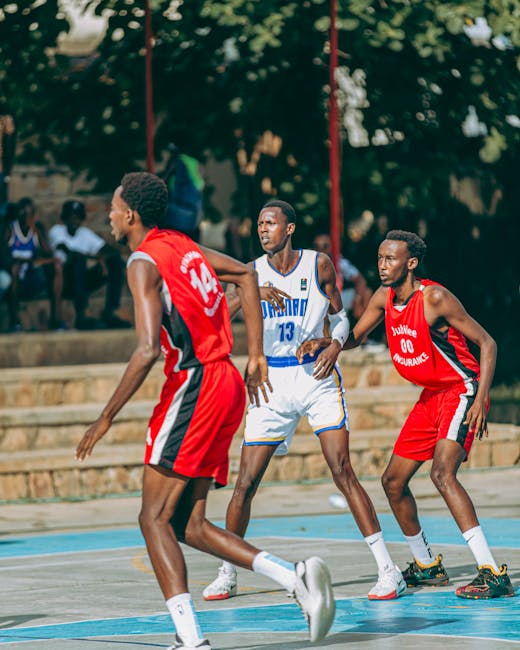Fitness Ne Demek: Understanding the Term
The Turkish phrase “Fitness Ne Demek?” translates directly to “What does fitness mean?” This seemingly simple question opens a door to a complex and multifaceted concept encompassing physical, mental, and emotional well-being. Understanding fitness extends beyond merely physical prowess; it’s a holistic state achievable through deliberate actions and consistent effort. This article delves into the various facets of fitness, exploring its components and significance in modern life.
Defining Fitness: Beyond the Physical
While often associated with physical attributes like strength and endurance, fitness is much broader. It encompasses several key dimensions:
-
Cardiorespiratory Fitness: This refers to the efficiency of the heart, lungs, and blood vessels in delivering oxygen to working muscles during prolonged physical activity. Activities like running, swimming, cycling, and brisk walking significantly improve cardiorespiratory fitness, reducing the risk of heart disease, stroke, and type 2 diabetes. Measuring cardiorespiratory fitness often involves assessing maximal oxygen consumption (VO2 max).
-
Muscular Strength: This reflects the maximum force a muscle or muscle group can exert in a single effort. Strength training, utilizing weights, resistance bands, or bodyweight exercises, enhances muscular strength. Increased strength contributes to improved posture, bone density, and daily functional capabilities.
-
Muscular Endurance: This measures the ability of a muscle or muscle group to sustain repeated contractions over a period. Activities like endurance training with lighter weights and higher repetitions improve muscular endurance, vital for activities requiring sustained effort, such as carrying groceries or playing a sport.
-
Flexibility: The range of motion around a joint is crucial for preventing injuries and maintaining proper posture. Flexibility exercises like stretching, yoga, and Pilates improve joint mobility and reduce muscle stiffness. Regular flexibility training enhances athletic performance and everyday movement.
-
Body Composition: This refers to the proportion of fat mass to lean mass (muscle, bone, and organs) in the body. A healthy body composition is associated with reduced risk of chronic diseases. Achieving a desirable body composition involves a combination of diet and exercise, focusing on both weight management and muscle building.
-
Balance: The ability to maintain equilibrium while stationary or moving is crucial for preventing falls and injuries, particularly as we age. Balance exercises, including Tai Chi and yoga, improve proprioception – the body’s awareness of its position in space.
-
Agility: The ability to change direction quickly and efficiently is essential for many sports and activities. Agility training involves exercises that improve reaction time, coordination, and speed.
-
Power: The ability to exert maximum force in a minimum amount of time. Power training combines speed and strength, improving athletic performance and everyday tasks requiring explosive movements.
The Mental and Emotional Dimensions of Fitness
Beyond the physical aspects, fitness significantly impacts mental and emotional well-being. Regular physical activity:
- Reduces stress and anxiety: Exercise releases endorphins, which have mood-boosting effects.
- Improves sleep quality: Regular exercise contributes to more restful and restorative sleep.
- Enhances cognitive function: Physical activity improves memory, attention, and overall brain function.
- Boosts self-esteem and confidence: Achieving fitness goals contributes to a sense of accomplishment and self-efficacy.
- Reduces symptoms of depression: Exercise is a valuable tool in managing and treating depression.
Factors Influencing Fitness Levels
Several factors influence individual fitness levels:
- Genetics: Genetic predisposition plays a role in factors like muscle fiber type and metabolic rate.
- Age: Physical capabilities typically decline with age, although regular exercise can mitigate this decline.
- Lifestyle: Diet, sleep, stress levels, and physical activity habits significantly impact fitness.
- Underlying health conditions: Pre-existing medical conditions can influence the type and intensity of exercise suitable for an individual.
Achieving and Maintaining Fitness
Achieving and maintaining a healthy level of fitness requires a holistic approach, combining:
- Regular physical activity: Aim for at least 150 minutes of moderate-intensity or 75 minutes of vigorous-intensity aerobic activity per week, along with muscle-strengthening activities at least twice a week.
- Balanced nutrition: Consume a diet rich in fruits, vegetables, whole grains, and lean protein, limiting processed foods, sugary drinks, and unhealthy fats.
- Adequate sleep: Prioritize 7-9 hours of quality sleep each night.
- Stress management: Incorporate stress-reducing techniques like meditation, yoga, or deep breathing exercises.
- Consistent effort: Fitness is a journey, not a destination. Consistency is key to achieving and maintaining long-term fitness goals.
Understanding “Fitness Ne Demek?” goes beyond a simple definition. It’s about embracing a holistic approach to well-being, integrating physical activity, mindful nutrition, and stress management to cultivate a healthier and more fulfilling life. The benefits extend far beyond physical appearance, enhancing mental clarity, emotional resilience, and overall quality of life.





